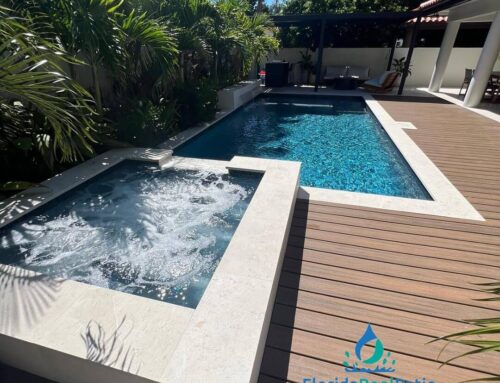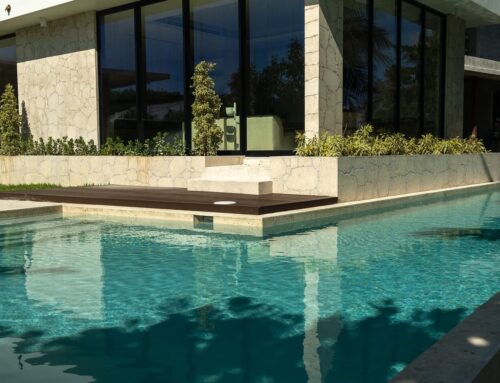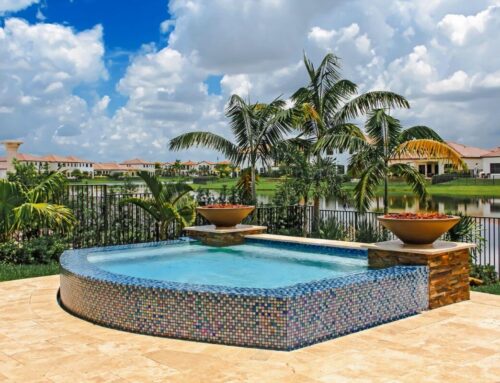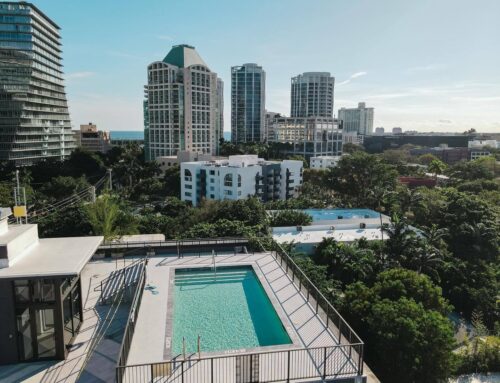You know how great it can be to have a pool in your backyard, but with it come specific responsibilities. For the best experience, you need to maintain the pool, clean it regularly, fix it, even remodel it from time to time, maintain the proper pH level and raise pH in the pool.
The pH balance in the water is essential for keeping your plumbing pristine if you don’t want to start remodeling and fixing your whole pool system prematurely. Even though we know who does the best pool remodeling in Miami, we would like to teach you the importance of the pH balance and how to raise pH in the pool.
We’ll try to cover the basics, why they are critical, how to prevent low pH, and how to restore it to a reasonable level.
What Is a pH Level?
A pH level shows you how acidic or alkaline the water is. A pH scale goes from 0, the most acidic, to 14, which is the most alkaline. And the perfect pH balance in a pool is around 7. Most experts will agree that the best pH level is 7.4, and it will provide you with the best experience and won’t cause any harm to your pool.
When you have a low pH level in a pool, it can get really problematic, both for you and the pool. It’s also not good when the level is high, so you should always try to restore the pH balance.
Why Is the pH Balance in Water Essential in a Pool?
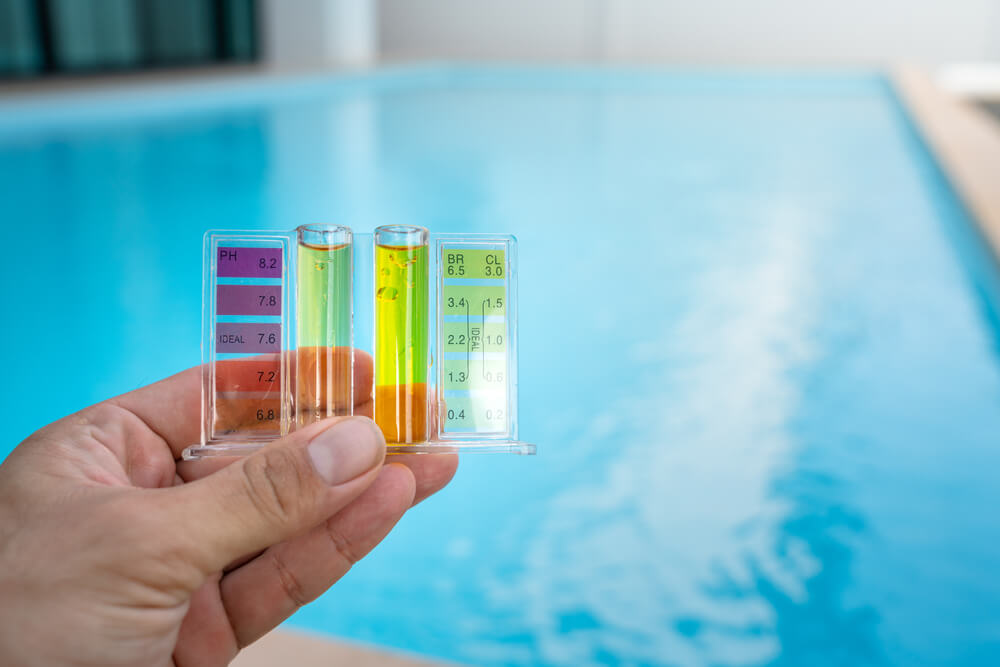 As we mentioned, a low pH in pool or too high levels can cause many problems for you, your health, and the pool itself. And here are some of them:
As we mentioned, a low pH in pool or too high levels can cause many problems for you, your health, and the pool itself. And here are some of them:
- A low pH level can irritate your skin and eyes. It can be a big problem and a situation that can completely ruin the whole experience for you and your family members and friends.
- A low pH level can damage the plumbing system. The low pH levels mean that the water is acidic, and it can cause the plumbing and all of the other equipment to rust.
- Both low and high pH levels can ruin chlorine’s purpose. Chlorine is used in pools to fight germs, and an unbalanced pH will neutralize chlorine no matter the amount you add to the water.
- High pH levels result in cloudy and murky water. Nobody loves to swim in a pool with muddy water, and nobody should do it.
Why Low pH in Pool Occur?
A few factors can affect pH balance in water and cause the pH level to go way down. But mainly it is caused by debris that got into the pool or rain.
How to Raise pH in Pool
Lucky for you, raising pH level is not difficult, and you can quickly learn how to raise pH in pool in just a few steps. To do so, you’ll need to have a bit of patience because it’s not something you can do in just five minutes.
Here are the steps you’ll have to do to raise pH in pool:
- Test the pH level of your pool.
- Know the amount of water you have in your pool.
- Measure the amount of chemicals you’ll need to raise the pH level.
- Add the chemicals.
- Test the pH level once more.
Test the pH Level
You’ll want to test the pH level of your pool regularly so that you can catch it if it’s off-balance. Everything between 7.2 and 7.6 is excellent, and the best result you can get is 7.4. If you get a reading below 7.2, you have low pH in pool, and you need to raise it.
Know the Amount of the Water You Have In Your Pool
If you think, why is this so important, the answer is simple. You need to know how much water you have in your pool to know which amount of chemicals you need to add to the water to restore the pH level.
Measure the Amount of Chemicals
Once you know the amount of water you have in your pool, it’s time to measure the amount of chemicals you’ll add. The most common chemical used to raise pH levels is sodium carbonate, and you’ll have to use 6 ounces for every 0.2 pH level for 10,000 gallons of water in your pool.
If your pH level is 6.2 and you want it to be 7.2, and you have a 30,000-gallon pool, you’ll need to use 90 ounces of sodium carbonate.
Add the Chemicals to the Pool
Once you know the exact measurement of how many chemicals you need to add to your pool, it’s time to prepare them and add them. You’ll want to measure the sodium carbonate and mix it with five gallons of clean water. Once you mix it well, distribute it around your pool. Turn on the pump to distribute the sodium carbonate evenly around the pool and water.
Test the pH Level of Your Pool Once More

You don’t want to test the water immediately; it’s best to wait at least an hour before you test it again. If the pH balance in water is restored, congratulation, you’ve done a great job. If the balance is still off, you’ll have to repeat the process until the balance is restored.
What if I Can’t Restore the pH Balance?
There’s a chance that you’re not going to be able to restore the pH balance in water no matter how many chemicals you add. It can happen, and it can be frustrating, but you shouldn’t give up.
It means that there could be another problem that’s causing the imbalance. You should check the chlorine level and the calcium hardness levels of the water. Also, we mentioned that debris could cause problems in your pool, so always be sure that the water is clean.
Regular maintenance is the key to a pristine pool that won’t cause you problems. You should clean any debris and skim leaves if they fall into the pool, and you should be doing this every day. You shouldn’t wait for too long to check the chemistry levels of the water, and you should check it every week. And don’t forget about the deep cleaning that you should do every month.
If you are still having problems, you can always contact a professional to help you resolve your problem.
Floria Pool Patio is a team of licensed professionals with over 25 years of experience in the industry, and we are proud to offer you our impeccable and high-quality services. You’ll want to make sure to hire a respectable company regarding the problem you have with your pool if you want to have the best experience. If you have any problems regarding your pool’s chemistry, be sure to contact us, we are here to help you.


